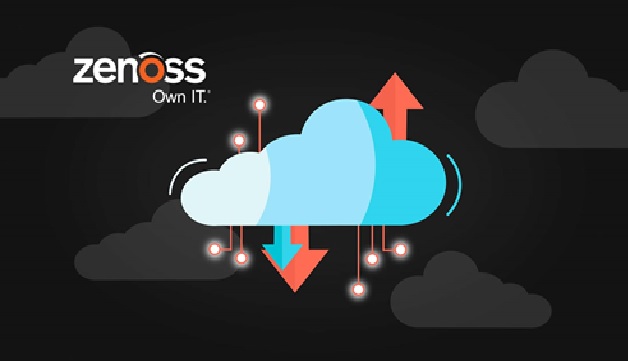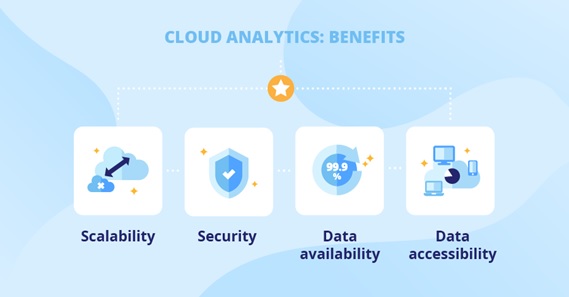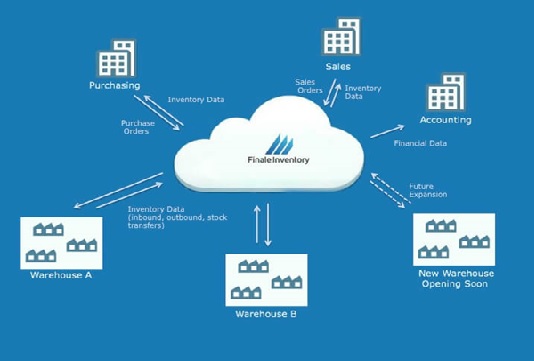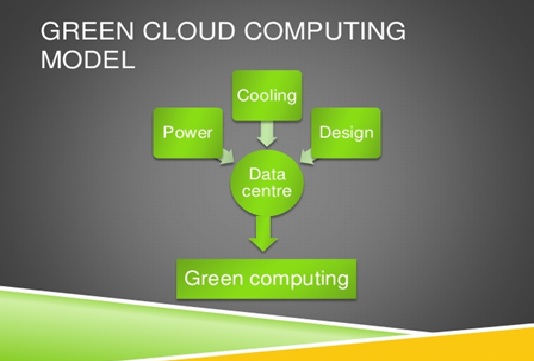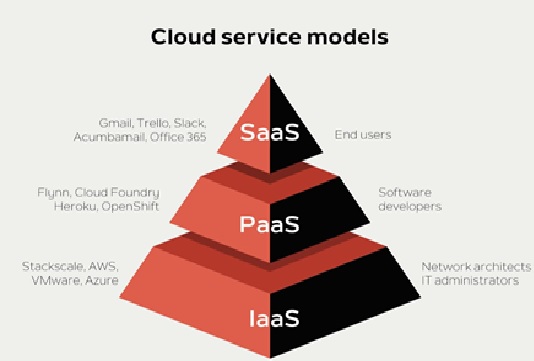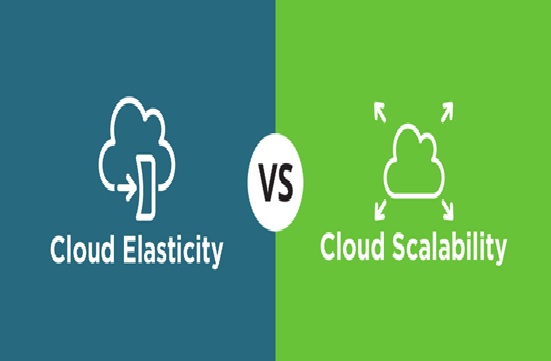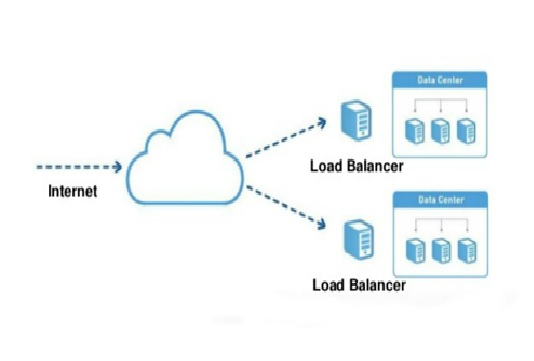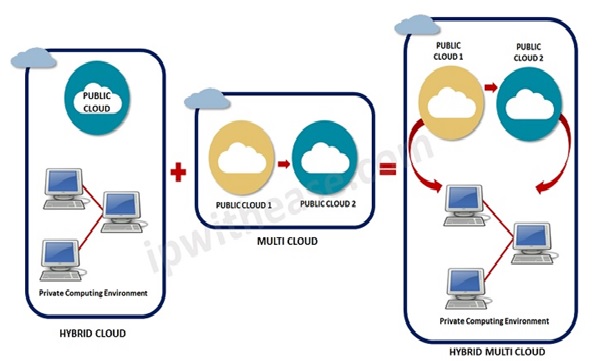The Methods of Real-Time Analytics
Real time analytics lets users see, analyze and understand data as it arrives in a system. Logic and mathematics are applied to the data so it can give users insights for making real-time decisions.
Real-time analytics allows businesses to get insights and act on data immediately or soon after the data enters their system.
Real time app analytics answer queries within seconds. They handle large amounts of data with high velocity and low response [1] times. For example, real-time big data analytics uses data in financial databases to inform trading decisions.
Analytics can be on-demand or continuous. On-demand delivers results when the user requests it. Continuous updates users as events happen and can be programmed to respond automatically to certain events. For example, real-time web analytics might update an administrator if page load performance goes out of preset parameters.
Examples of real-time customer analytics include:
- Viewing orders as they happen for better tracking and to identify trends.
- Continually updated customer activity like page views and shopping cart use to understand user behavior.
- Targeting customers with promotions as they shop for items in a store, influencing real-time decisions.
Real Time Analytics Work
Real-time data analytics tools can either push or pull data. Streaming requires the ability to push massive amounts of fast-moving data. When streaming takes too many resources and isn’t practical, data can be pulled at intervals that can range from seconds to hours. The pull can happen in between business needs which require computing resources so as not to disrupt operations.
The components of real-time data analytics include:
- Aggregator — Compiles real time streaming data analytics from many different data sources.
- Broker — Makes data in real time available for use.
- Analytics Engine — Correlates values and blends data streams together while analyzing the data.
- Stream Processor — Executes real time app analytics and logic by receiving and sending data streams.
Real-time analytics can be deployed at the edge, which looks at the data at the closest point of its arrival. Other technologies that make real time analytics possible include:
- Processing In Memory (PIM) — Latency is reduced by integrating the processor in a memory chip.
- In-Database Analytics — Data processing happens within the database and the analytic logic is also built into the database.
- In-Memory Analytics — Queries data in random access memory (RAM) instead of physical disks.
- Massively Parallel Programming (MPP) — Multiple processors tackle different parts of a program and each processor has its own operating system and memory.
Benefits of Using Real Time Analytics
Speed is the main benefit of real time data analytics. The less time a business must wait to access data between the time it arrives and is processed, the faster a business can use data insights to make changes [2] and act on critical decisions. For instance, analyzing monitoring data from a manufacturing line would help early intervention before machinery malfunctions figure1 shows.Real-time analysis offers the following advantages over traditional analytics:
- Create custom interactive analytics tools.
- Share information through transparent dashboards.
- Customize monitoring of behavior.
- Make immediate changes when needed.
- Apply machine learning.

Figure1: Real Time Analysis
References:
- https://www.omnisci.com/technical-glossary/real-time-analytics
- https://www.solvexia.com/blog/real-time-analytics
Cite this article:
S. Nandhinidwaraka (2021) The Methods of Real Time Analysis, AnaTechMaz, pp. 16



